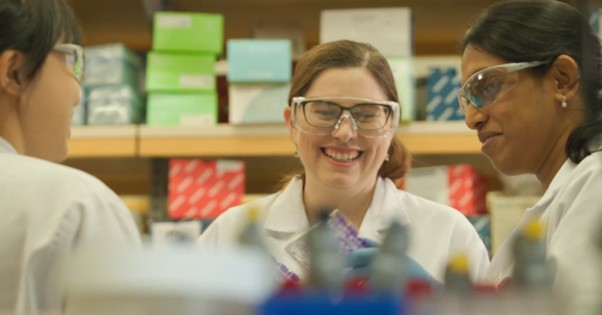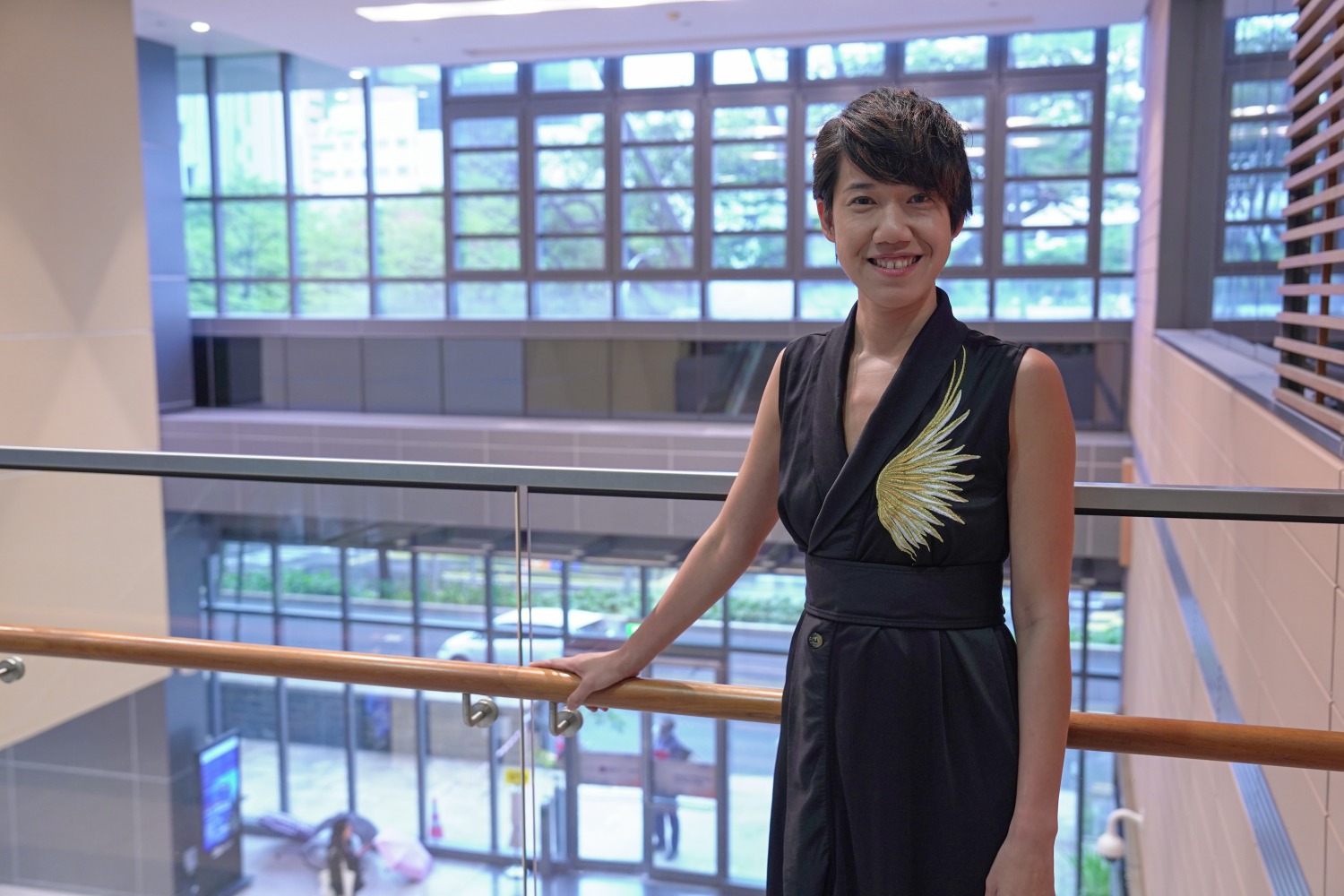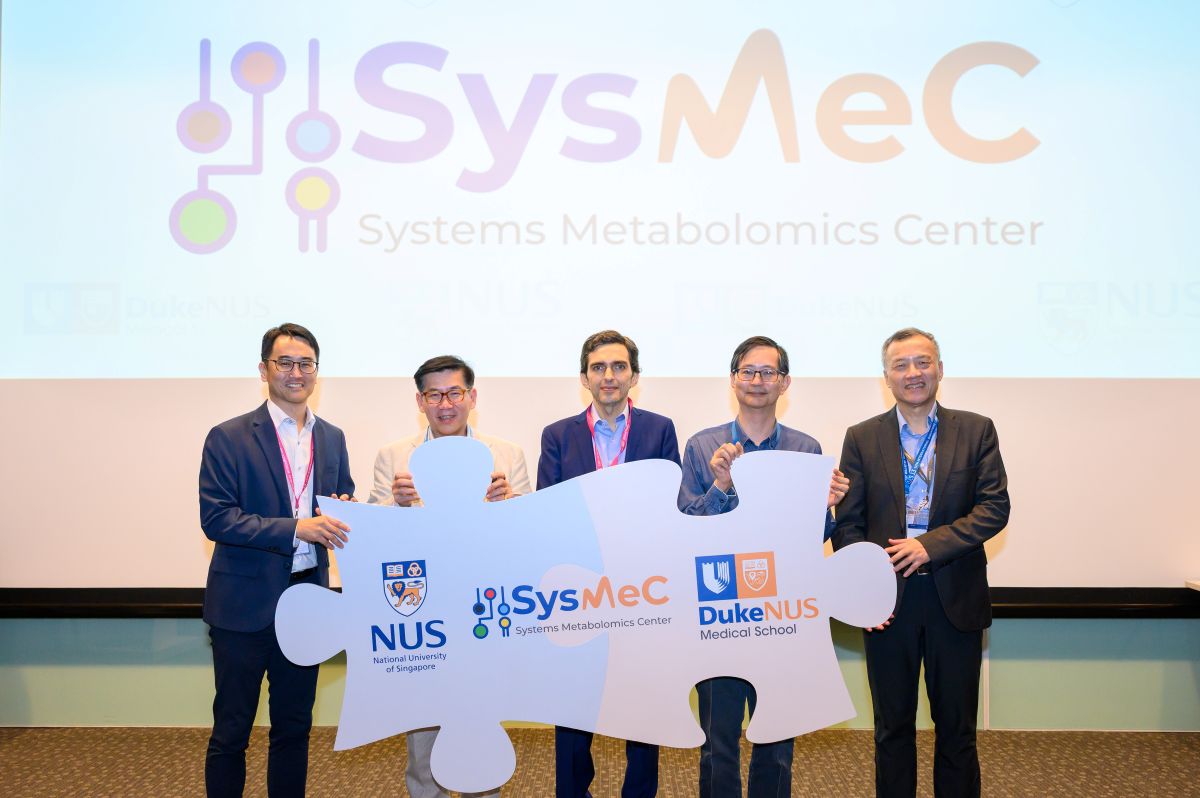What transforms science from idea to impact?
At the “The arc of Duke-NUS science” symposium held in April, our anniversary month, 18 researchers from across Duke-NUS’ five signature research programmes and beyond came together to trace the miraculous journey of scientific exploration, bringing audience along winding arcs of discovery, with personal milestones intertwined with the School’s evolution over the past 20 years.
In this special feature, MEDICUS science writer Chua Li Min brings you highlights of the symposium, spotlighting researchers who have made it their mission to unravelling the human body’s complexities, exploring everything from individual proteins to whole organisms, disease pathologies, and even the intricate process of ageing.
Their stories show that what follows from an initial spark is a journey that unfolds across months—years and even entire careers—driven by purpose and the sense that every question and experiment offer hope of improving the life of someone, somewhere.
Angelique Chan
A force in ageing research
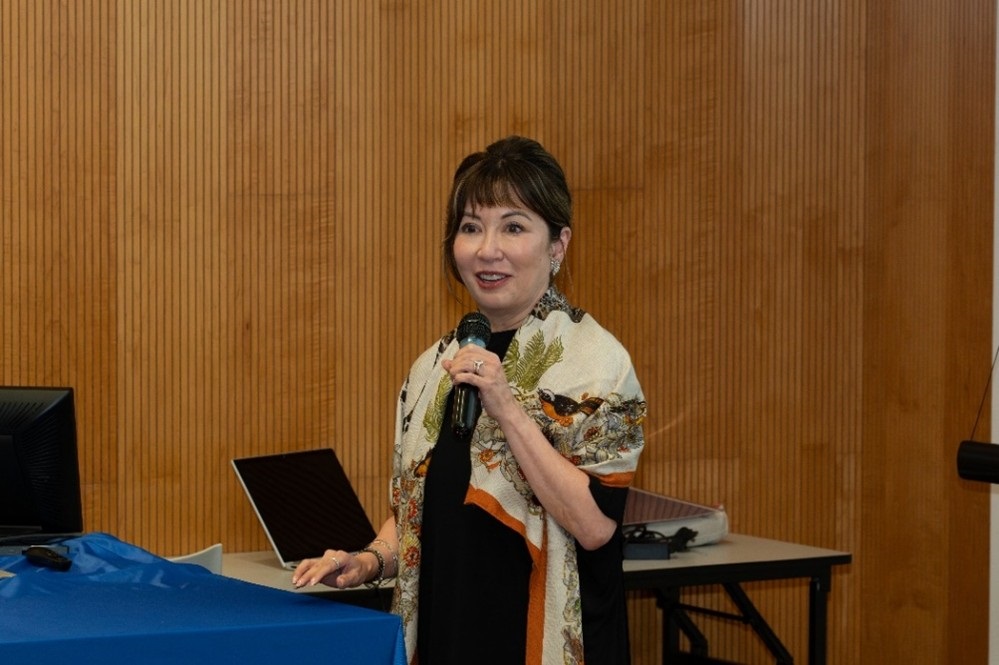
When Associate Professor Angelique Chan returned to Singapore fresh from a postdoctoral degree in 1997, she was ready to dive into a thriving landscape of ageing research. Instead, what the gerontologist discovered was a surprising void.
“Singapore was ageing extremely fast. However, there was very little data on the determinants of health, well-being and transitions over the life course,” recalled Chan. “So the first thing that I did was to establish databases on ageing. My goal was to study how social factors impact older adults’ health.”
That initial endeavour marked the beginning of Chan’s decade-long campaign to set up an academic centre dedicated to ageing research.
For Chan, there was no doubt that Duke-NUS would be the academic home for the centre, a decision she made after a 2008 sabbatical at the School. Her efforts paid off in 2015 with the launch of the Duke-NUS Centre for Ageing Research & Education (CARE).
“We were the first ageing centre in an academic environment in Singapore, and I wanted it to be at Duke NUS, because this was the place where like-minded colleagues with both the technical and clinical skills were willing to collaborate in interdisciplinary research,” explained Chan, who helmed the Centre as its executive director for the past 10 years before stepping down recently.
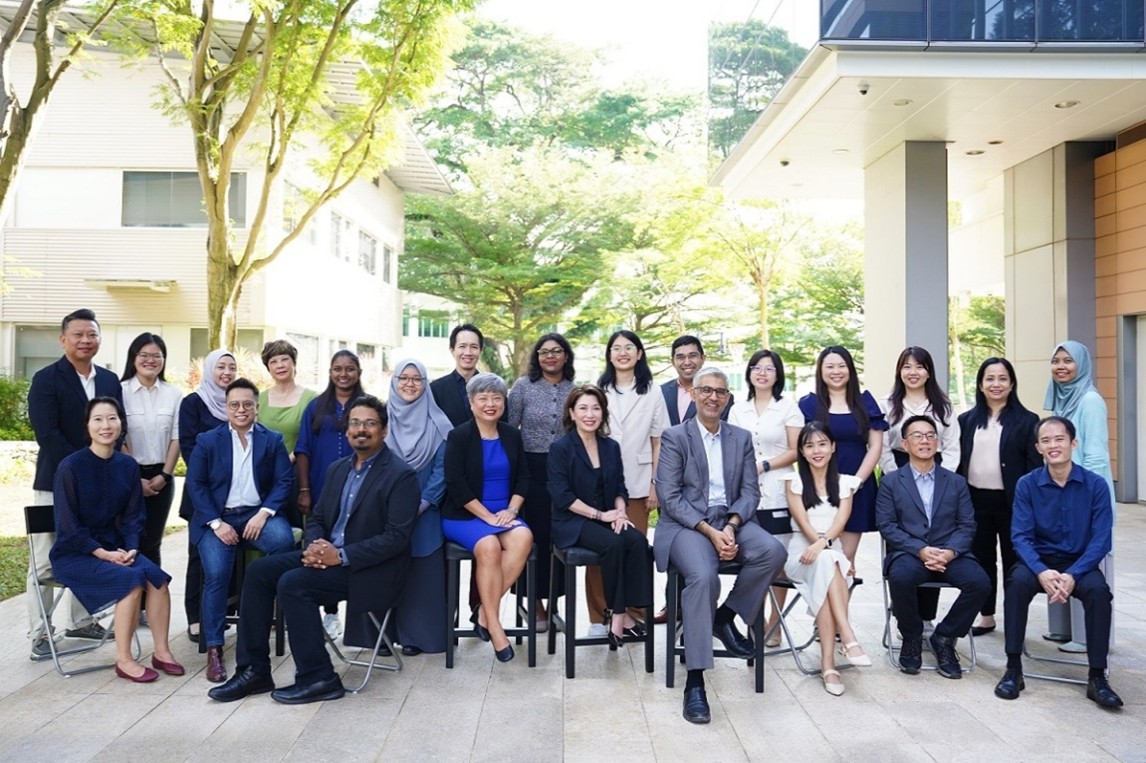
While the Centre may have begun with just two researchers Chan and associate professor Rahul Malhotra, it is now a 24-person strong team comprising multidisciplinary researchers.
Since then, some of CARE’s landmark studies include evaluating how loneliness affects the life and health expectancies of older adults as well as the changing cohort characteristics of older persons—the insights of which have helped shape certain government policies.
“None of this would have been possible without the incredible team at CARE. We now have two national cohorts of older persons: a pioneer cohort and a cohort of younger elderly. We have earned research competitive funding of about $33 million and we’ll continue to use ever-improving research methods on the longitudinal data we have collected,” said Chan, as she reflected on the Centre’s progress.
“I’m excited for what’s ahead.”















.jpg?sfvrsn=f463ab0a_1)









